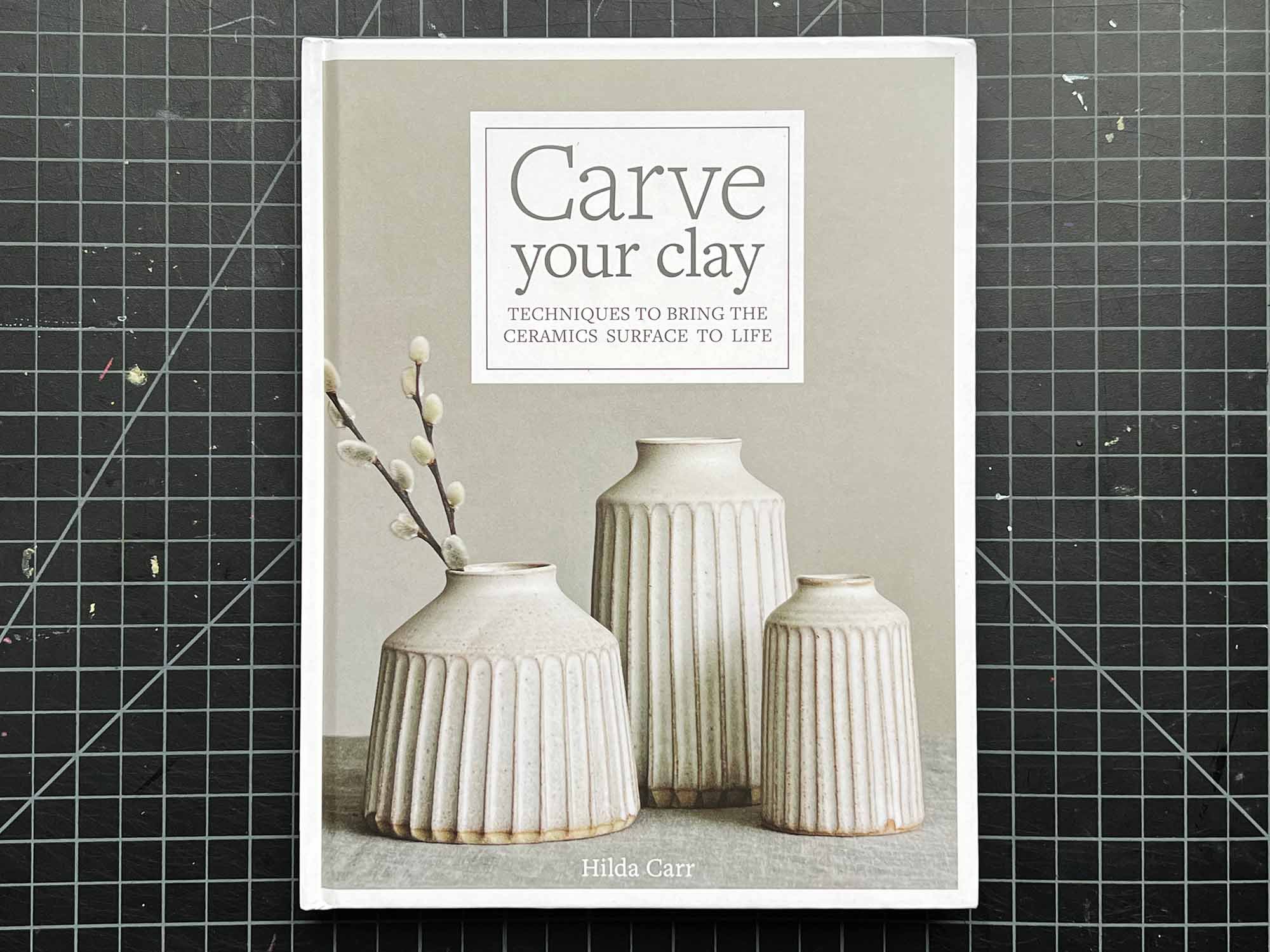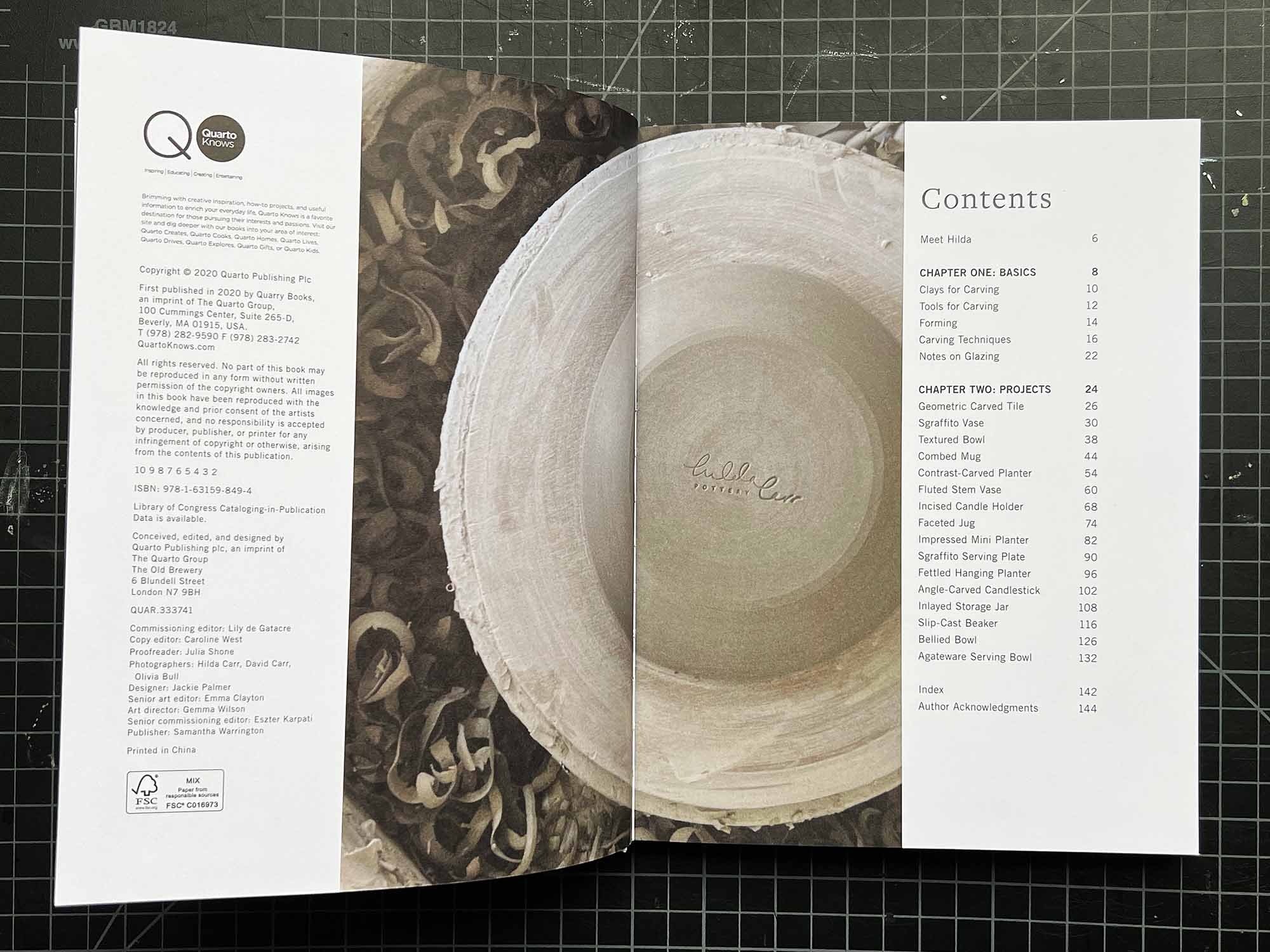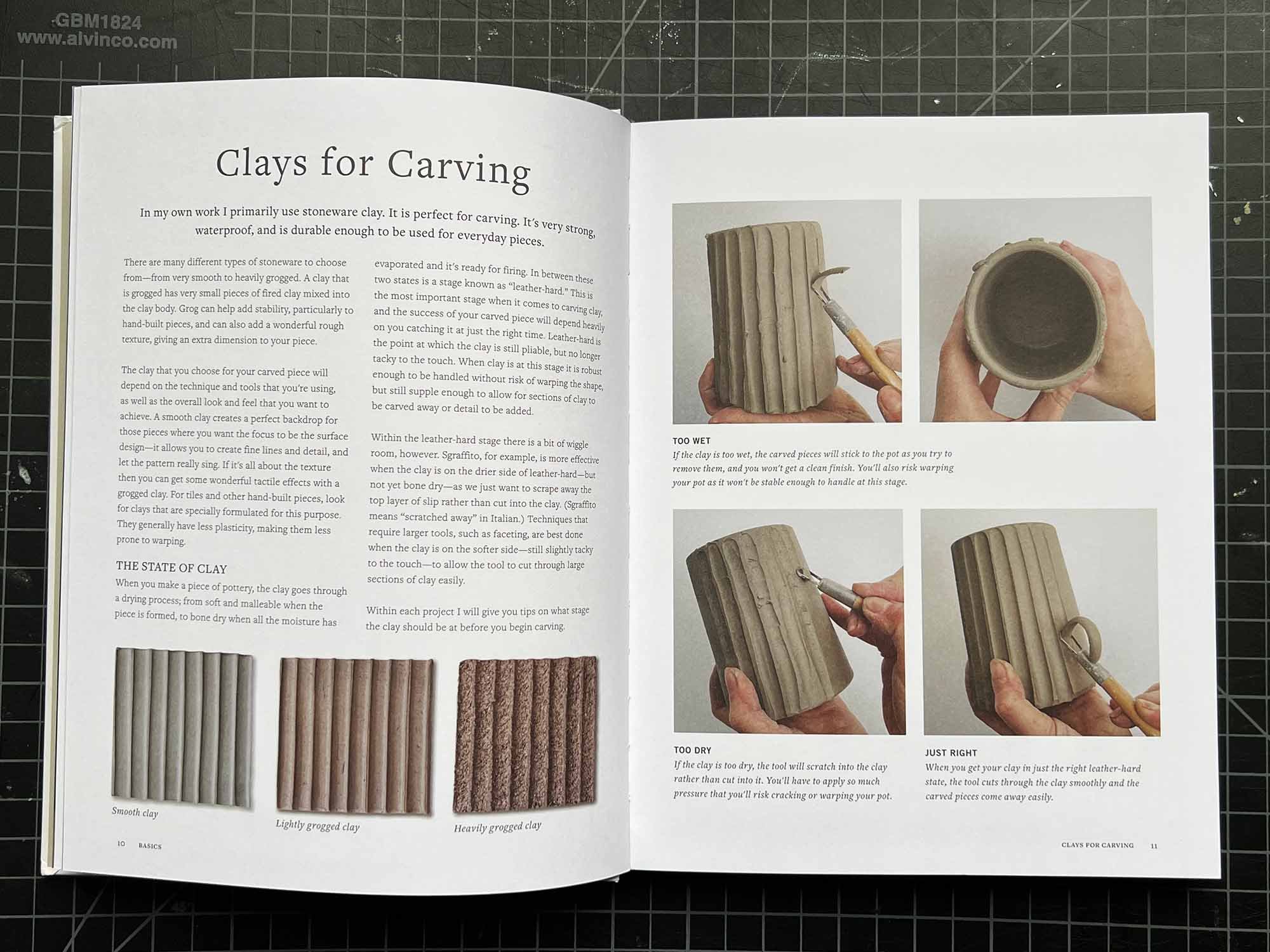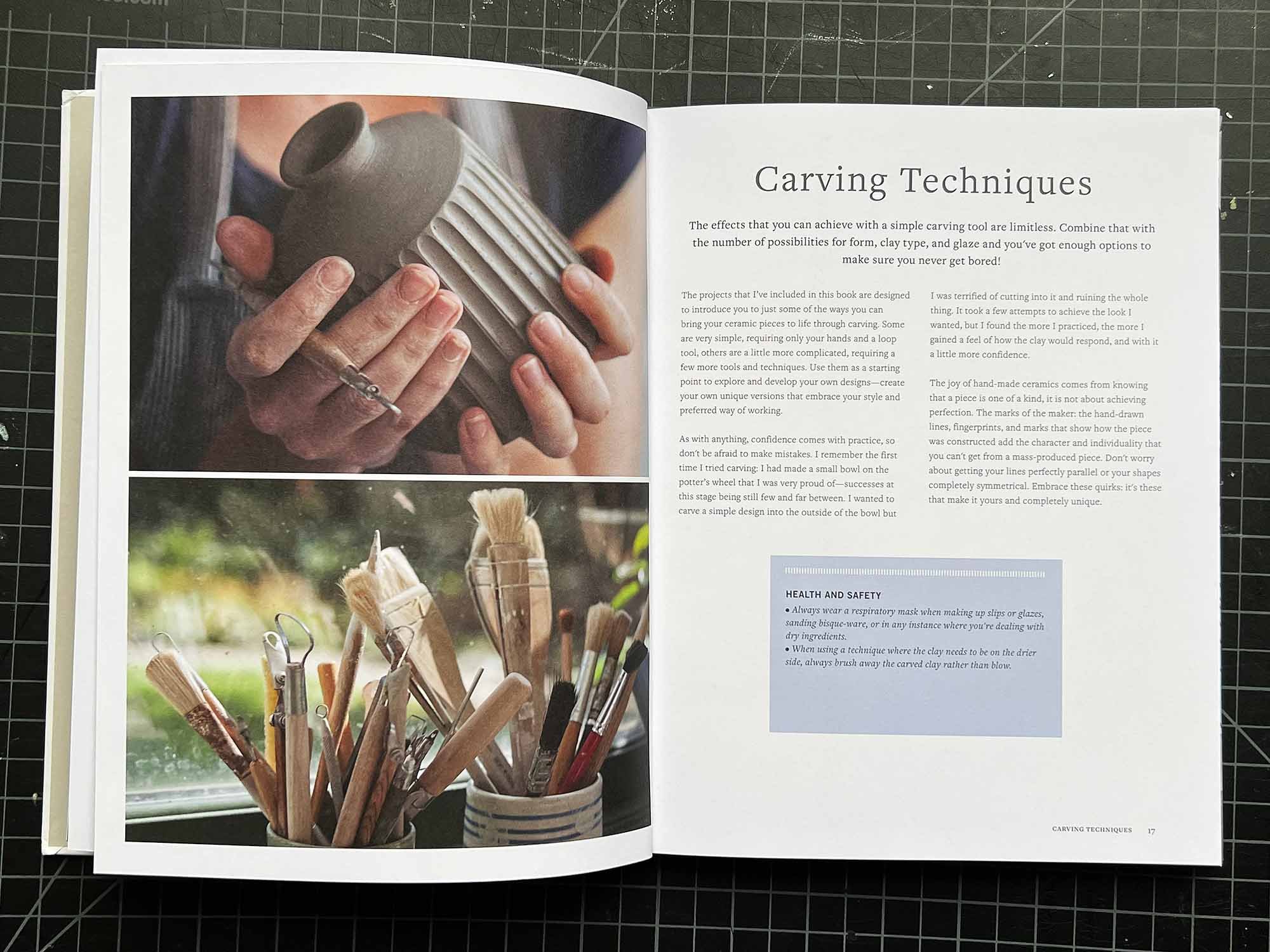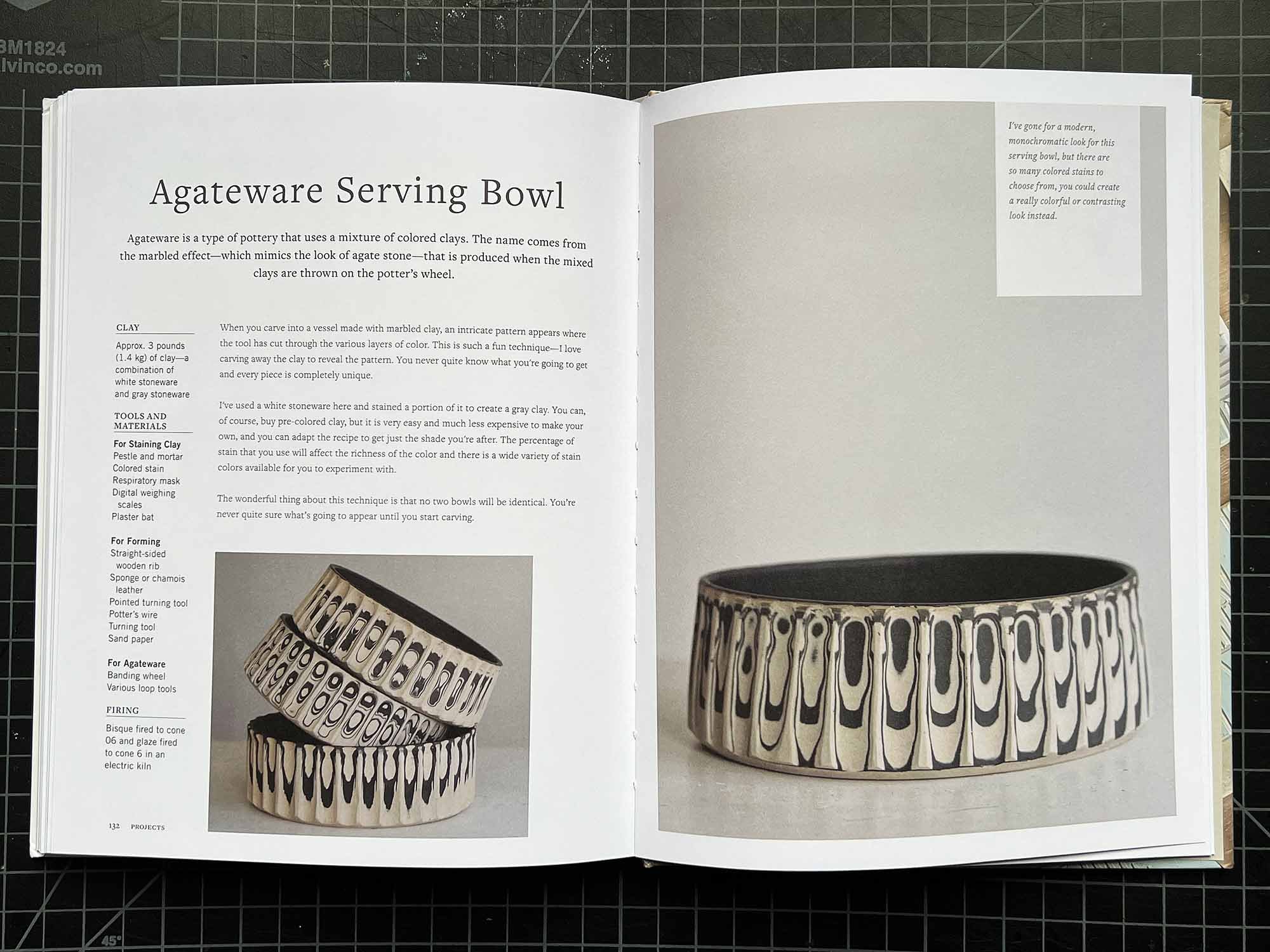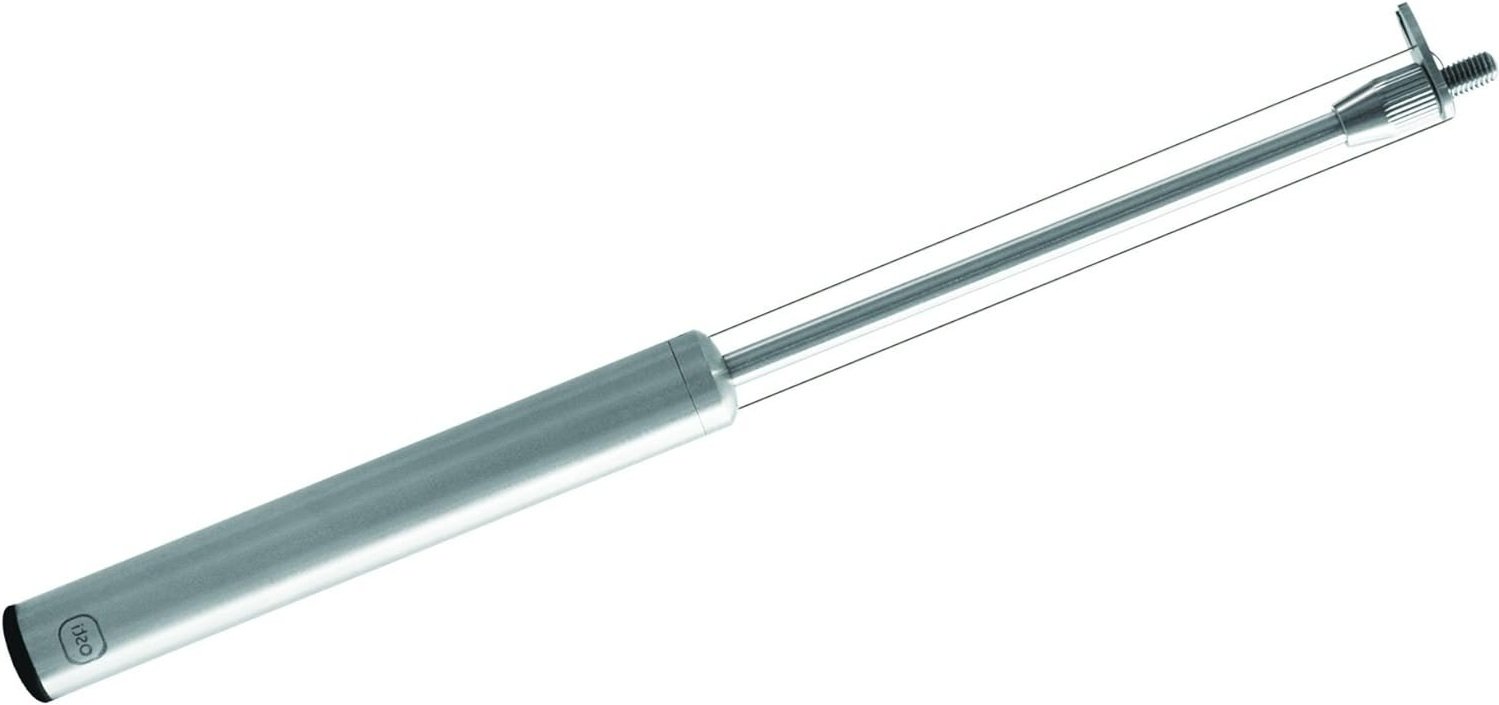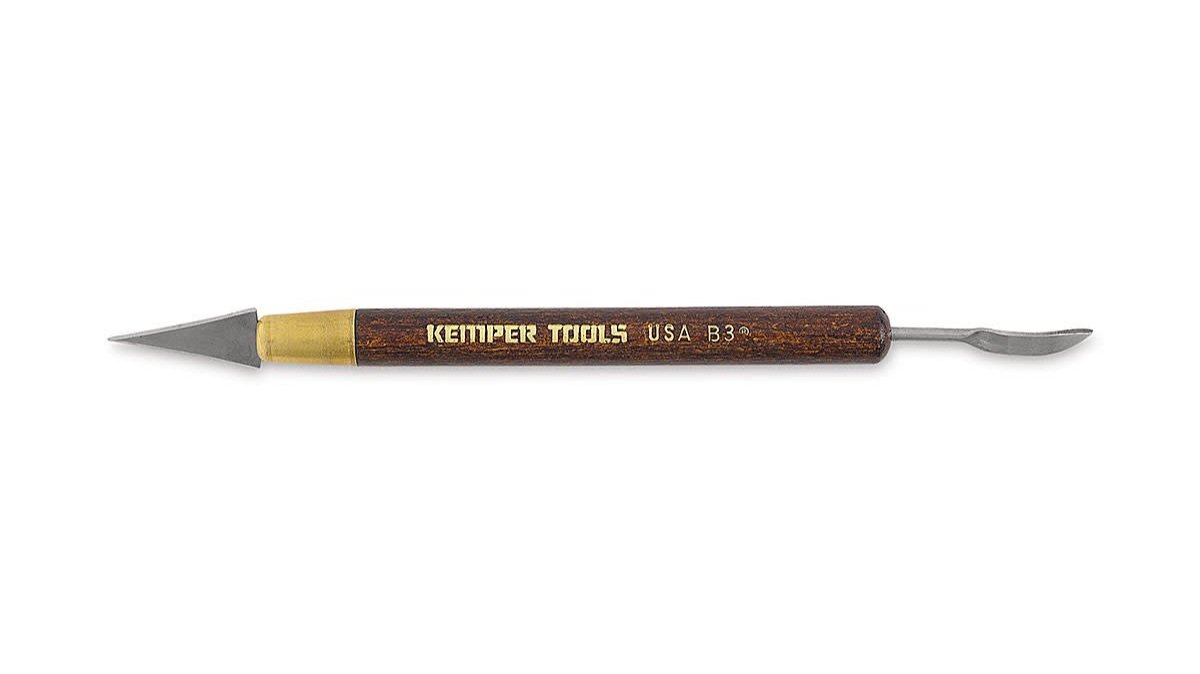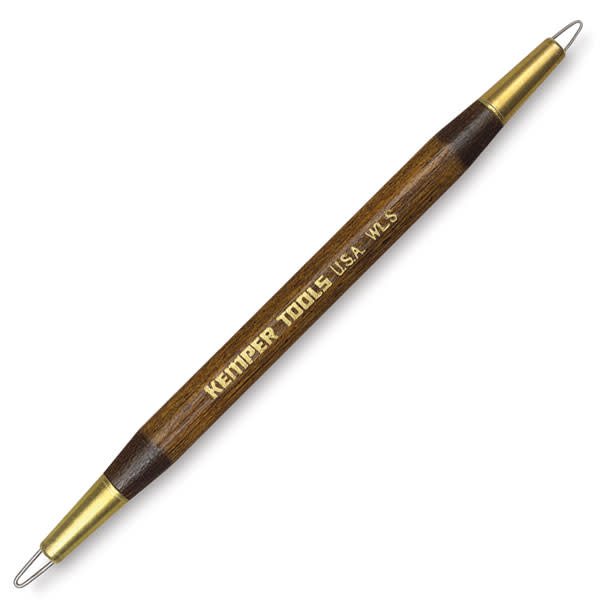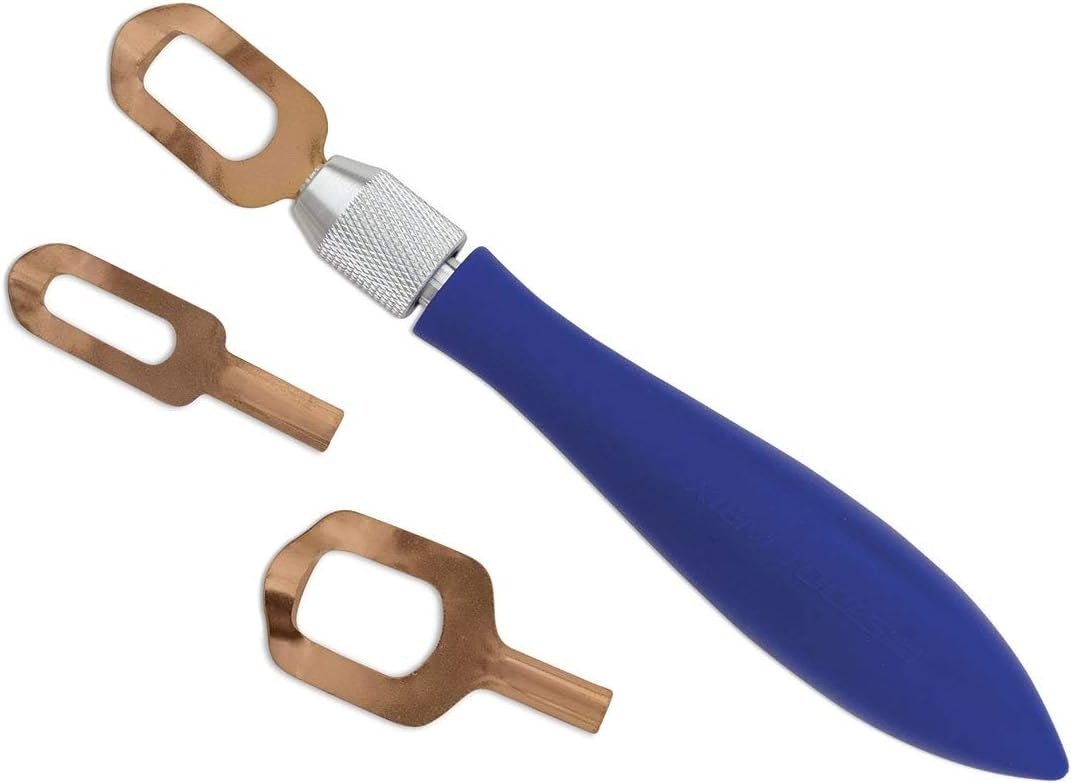This post includes an overview of the book Carve Your Clay, followed by a guide to tools that will help you get started with carving and shaping clay.
Carve Your Clay: Techniques to Bring the Ceramics Surface to Life is a 2020 book by Hilda Carr that is full of useful information and tutorials about carving and altering the surface of ceramic vessels. Beautifully illustrated with photographs throughout, it’s a great introduction to Carr’s pottery techniques in an approachable and easy to follow style that details each step of the process.
The Contents section of Carve Your Clay.
The book opens with a section on materials and techniques including an overview of clay, tools, and forming techniques. Then, in a quick but useful section, 14 different carving techniques are covered with one picture each. Finally, glazing is briefly discussed. The book does not contain any glaze recipes, but a simple web search or review of any glaze book would give approximate versions of the cone 6 oxidation glazes used by Carr, including glossy whites, matte whites, and glossy clears.
The main bulk of the book is 16 projects that involve carving, combing, faceting, or other ways of altering the surface of a vessel. Each project is clearly explained and illustrated, with 4 to 10 pages devoted to each project and step-by-step photos illustrating each project and technique. This is one of the clearest and easiest to follow ceramics technique books that I have ever read.
The first two pages of the Contrast-Carved Planter project.
The projects are mostly aimed at potters working on the wheel, with 11 projects that start with wheel-thrown pieces. Three projects start with slabs, and one project each using pinching and slip casting. But, if you are not a wheel turner, most of the projects could be modified and done using pinching or slab techniques. In any case, the main idea of the book is to take a clay vessel and alter or carve the surface, and the projects show a variety of approaches that are sure to excite any one working with clay.
Overall, this is one of the best ceramic technique books recently published and Carr really brings us into her world and shares her techniques in a beautiful, engaging, and inspiring way. This is a great book for beginners or advanced potters alike.
Carve Your Clay:
Techniques to Bring the Ceramics Surface To Life
by Hilda Carr
Published 2020 by Quarry Books
Hardcover or Paperback, 144 pages
Listed at $27 but typically available for $20-$25
More Images from Inside the Book
Carving Tools
Hilda Carr recommends 11 different carving tools, many from around the house. Carr writes on page 12, “Don’t limit yourself to purchasing specialist pottery tools; a number of my tools are either homemade or re-purposed items from around the house.”
With that in mind, use what you have or here is a guide to tools for carving, shaping, and faceting.
The Osti Wire Cheese Slicer has a thick and thin side.
Wire Cheese Slicer
Carr uses a double sided, stick-shaped wire cheese slicer like this. It can be tightened at the top, and has two thickness option. This slicer, from Osti, retails for $13, but there are a variety of slicers out there.
Ball-tipped Stylus
Kemper makes a few double-sided, ball-tipped stylus tools that are great for sgraffito.
Ball-tipped stylus tools are great for sgraffito work. They can be found in a variety of sizes such as the double-end tools made by Kemper. They are usually available for $4 to $6 each.
You can also use a dull pencil as a stylus, but it does wear down and require sharpening somewhat often. Or, there are plenty of generic double-ended stylus tool. Click the link below or search for “embossing stylus tool.”
Scoop-Shaped Clean Up Tool
The Kemper clean up tool.
Carving tools such as the Kemper Clean Up Tool features a scoop end with a point, and another end with a blade for cutting. It can be used for cutting larger areas, scraping, or as a fine point. Kemper makes a few different clean up tools and the clean up tools are also available as generics.
Wire Loop Sgraffito Tool
The Kemper Wire Loop Sgraffito tool is a great option for detailed carving.
Another great option for sgraffito carving is a small wire loop tool. Much smaller than a normal loop tool, these really help you get great lines. The Kemper WLS “wire loop sgraffito” tool is a great option with two loops on a double ended tool.
Ribbon Tools and Loop Tools
The Kemper R2 ribbon tool has a curved side and a flat side.
Ribbon tools and loop tools are another great carving tool. Both are a metal band or wire loop connected to a wooden handle, and often are double side. The small, curved ribbon tool is a great carving tool and there are also many options with different shapes and sizes. Loop tools are often larger and used for trimming pots.
Most introductory pottery kits come with a ribbon tool and a loop tool, but if you don’t have one, look into a Kemper R2 Double Ended Ribbon Tool. It typically costs around $6.
Combing Tools
A 6 pack of metal decorating combs.
Serrated ribs and combing tools are another great option for modifying the surface of clay. You can make these yourself, such as from metal or plastic, or there are plenty of options online for a few dollars per rib. Pottery stores carry wooden options, or you can find metal or plastic ribs by searching for “cake decorating combs.” Often, a 6 pack of cake decorating combs are around $10.
One note on these multi packs, is that you may only need one or two of these combs. Some of the smaller grooves may not be as useful for decorating ceramic surfaces.
Pottery Knives and Scrapers
More useful for clean up than making decorative marks, knives and flat metal ribs or scrapers are very useful for cleaning up designs after the piece has dried to the bone dry stage.
Fluting Tool
The Xiem Fluting Tool has three blades.
Our final recommendation is a bit of a specialized tool — you can get a similar effect from a rounded ribbon tool, but this Fluting Tool from Xiem is well thought out and nice to use. It’s a handle with three sizes of fluted carving tools that can be swapped out as needed. There are also replacement blades available, making this a tool set that you can keep using for a long time, even if the blades wear out. It typically costs around $18-22 for the set.
Conclusion
This post has covered the technique book Carve Your Clay, along with recommended tools for carving and altering the clay surface.
Do you you have a favorite carving tool? Let us know in the comments.
